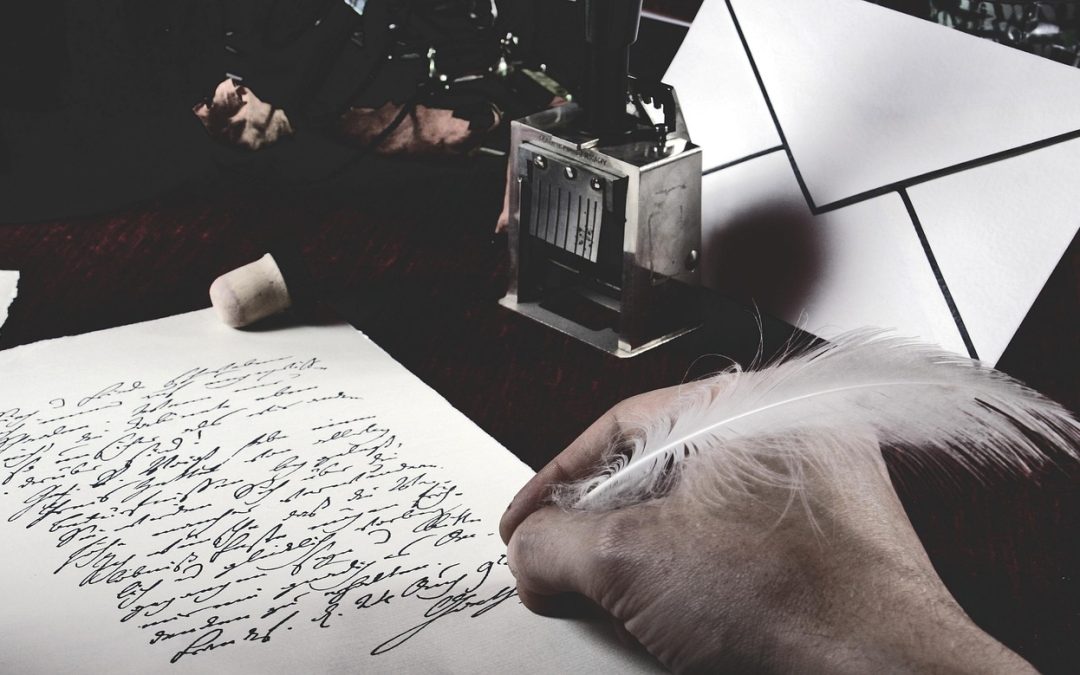As writers, we’re often drawn to the idea of creating a chapbook – a concise, beautifully crafted collection of poems that showcases our unique voice and style. But where do we start? How do we distill our work into a cohesive, meaningful manuscript? It’s a daunting task, but with a clear approach, you can craft a chapbook that truly represents your art.
Defining Your Chapbook’s Vision
Before you begin selecting poems or designing your chapbook’s layout, take some time to reflect on the overall vision for your project. What theme, tone, or narrative thread will tie your poems together? Consider what you want to communicate to your readers and what emotional resonance you want to leave them with. This clarity will help you make intentional decisions throughout the process.
Some questions to ponder:
- What is the central theme or message of my chapbook?
- What tone do I want to convey – formal, introspective, playful, or melancholic?
- Are there specific experiences, memories, or emotions I want to explore?
As you answer these questions, you’ll start to develop a clear sense of direction, which will guide your poem selection, layout, and design choices. For more inspiration, explore the works of other poets and chapbook writers, paying attention to how they’ve crafted their own visions.
Curating Your Poems
With a clear vision in mind, it’s time to select the poems that will bring your chapbook to life. This can be a challenging task, especially if you have a large body of work to draw from. Here are some helpful tips to consider:
First, gather all the poems you’re considering, and then:
- Group poems by theme, tone, or style to identify patterns and connections.
- Read your poems aloud to identify those that feel most authentic and cohesive.
- Consider the order in which you want to present your poems – do you want to build towards a climax or create a sense of resolution?
- Don’t be afraid to cut poems that don’t align with your vision, no matter how much you love them. This is a crucial step in crafting a cohesive chapbook.
Remember, your poem selection should ultimately serve your chapbook’s vision. Be intentional, and trust your instincts.
“The more you know what you’re doing, the more you can relax and let the poetry take over.” – Naomi Shihab Nye
Designing Your Chapbook
Once you have your poems selected, it’s time to think about the physical design of your chapbook. This is where you can get creative and make your project truly special. Consider the following elements:
Paper choice: Look for high-quality, acid-free paper that will hold up over time. Weights like 80-100 gsm are popular for chapbooks. You can also explore different textures, such as vellum or cotton paper, to add an extra layer of interest.
Binding method: Will you opt for a traditional saddle-stitched or stapled binding, or explore alternative methods like hand-sewing or Coptic binding? Each choice will impact the look and feel of your chapbook.
Layout and typography: Use design software like Canva or Adobe InDesign to experiment with different layouts and typography. Keep your design clean, simple, and easy to read.
For those who are new to chapbook design, it’s worth exploring resources like Simple Chapbook Formats to Try Now or The Art of Chapbook Writing, which offer valuable guidance and inspiration.
Ultimately, your chapbook’s design should reflect the tone and vision you’ve established from the beginning. Don’t be afraid to experiment and try new things – it’s all part of the creative process.
By following these steps and staying true to your vision, you’ll be well on your way to crafting a chapbook that showcases your unique voice and style. Remember to stay flexible, be open to feedback, and trust your instincts. With patience, dedication, and practice, you can create a chapbook that truly represents your art.

